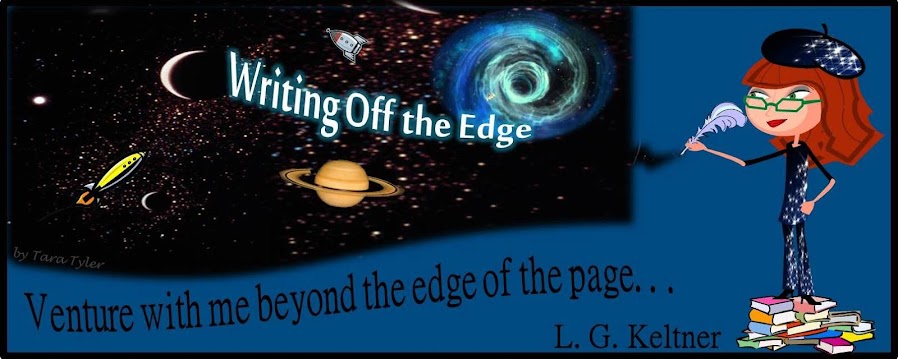Right now, I am dealing with an issue that comes up
frequently when it comes to my writing.
Sex and violence are an undeniable part of human existence, but I don’t
want to use them gratuitously. I use
them a fair amount, don’t get me wrong, but only when I feel the narrative
calls for them. These are strong
elements that, when used incorrectly, can really detract from the story you’re
trying to tell. But when used appropriately,
the story can make a big impact.
I’ve learned that these two elements make for great
character development, and they can often advance the plot in useful, engaging
ways. In the midst of a sexually charged
moment, we can see how the characters feel about each other. Are they open to the other person? Are they defensive? Can we see hints of impending changes in
their relationship that might be important?
Their actions speak volumes about how they feel about the other person
and how they feel about themselves.
Violence, which conveys much about the world the characters
inhabit, can also be transformative.
When confronted with a violent scenario, we can see that character on
the most fundamental level. When things
get tough, what kind of risks are they willing to take? Do they turn and run, do they fight, or do
they join in with the madness? Can they
be trusted? Or perhaps violence is in
the character’s past, and it forged them into the person they are in the
present.
The language used must also be taken into consideration. The words chosen during intimate moments greatly influence the overall feel of the scene and highlights the attitudes of the people involved. Are the descriptions clinical, poetic, or verging on pornographic? Any of these are acceptable as long as they are in line with the established characters and their situation. The same goes with violence. If a character is clinical in their analysis of a violent act, that can say a great many things about who they are. They might be a sociopath, or a detective who is accustomed to approaching gruesome scenes in this way.
The trick is balancing the two, and making sure they always
enhance the story. If they don’t, then
maybe it’s best that they aren’t there at all. I can't pretend to be an expert at this yet, and I'm still learning, but I think this is an issue that most writers need to contend with, so I thought it was worth mentioning.

No comments:
Post a Comment